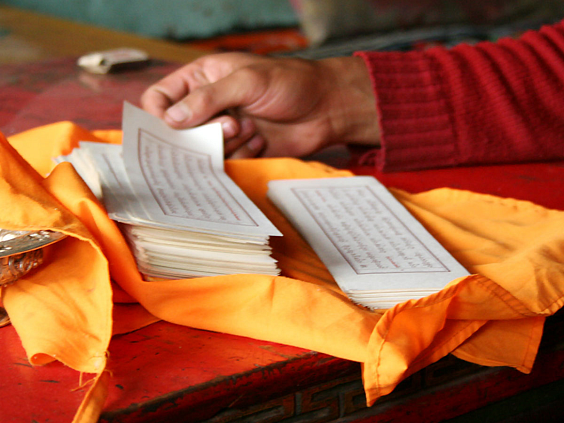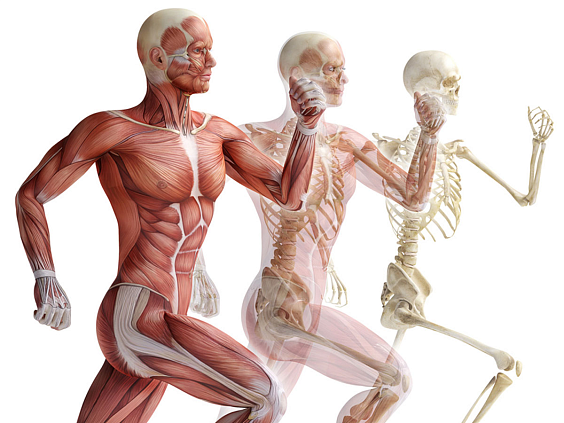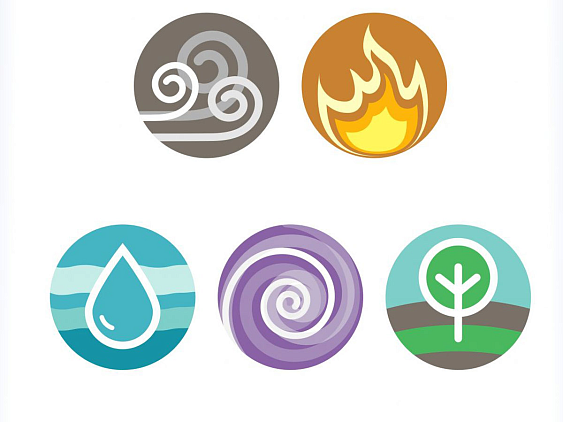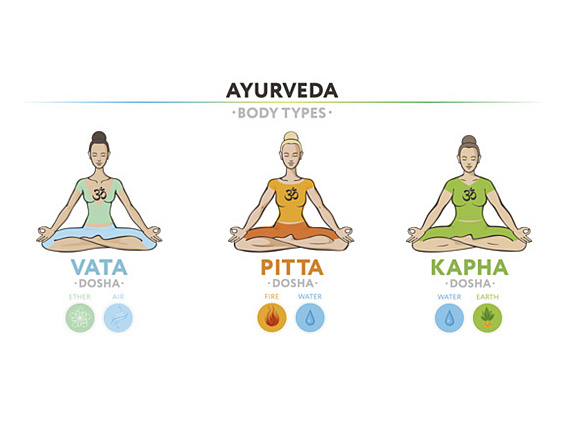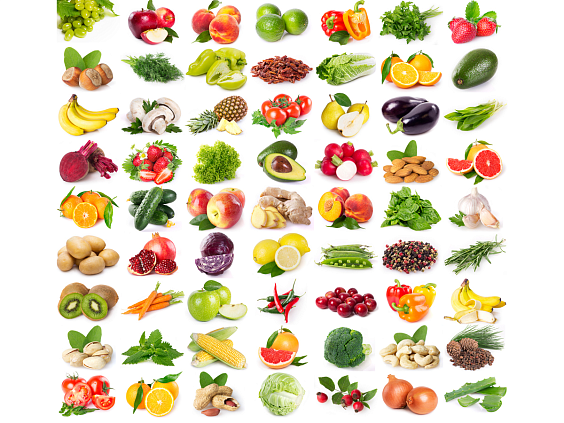There are many approaches to studying any discipline in the modern world of science, but the most common are the two methods of reasoning: deduction and induction. One approach involves transitioning from a general observation to a specific conclusion, while the other makes a specific observation, leading to a general conclusion. Both of these methods can be used in the study of Ayurveda, the ancient science of healing. For a general understanding of the science and the possibility of a more detailed study, one must first obtain a basic knowledge of its branches. Such an approach will allow one to learn that Ayurveda is a complex teaching rather than a simple set of helpful tips from home medicine.
Unfortunately, most people nowadays have the wrong idea about this science, for many go the way of self-diagnosis and self-treatment. Buying a remedy armed with the principle “what’s written on the tin is good for me,” one does not realize that Ayurveda treats the cause of the disease, not the effect. Thus, a specialist's course most often consists of taking several remedies combined with cleansing and other procedures. The purpose of this post is not only to talk about the main branches of Ayurveda but also to emphasize the importance of an integrated approach in treating diagnosed diseases.
Тridosha, a key concept in Ayurveda
The concept of Tridosha (from Sanskrit: three body humors) is fundamental in Ayurveda. There are three doshas: Vata, Pitta, and Kapha, which manifest in different proportions in each person. This combination is called ‘Tridosha’. Not only for the state of the body Tridosha is responsible for. It also spreads to the functioning of the brain, mind, feelings, and emotions. The ultimate goal of Ayurveda is to bring all three doshas to the state that was inherent in a person at birth. When this goal is achieved, one not only overpowers the disease but also gains mental balance. It is worth mentioning that a person's emotions and mood play an essential role in the diagnostic process.
For example, the famous yogi Krishnamacharya claimed that Ayurvedic doctors of the past used to start a dialogue with patients by asking what their mood was. They knew that the mood of the mind could be one of the precursors to the onset of illness. Therefore, the relationship between health and the emotional state becomes obvious. Knowledge of the doshas, superimposed on information about how the patient is feeling, allows us to find out quite quickly which dosha is out of balance and how to bring it into harmony. This is achieved in a variety of ways, all of which are detailed in the relevant chapters of Ayurveda books. One of the foundational works on Ayurveda, the Charaka-Samhita”, states that there are eight branches of Ayurveda, collectively called Ashtanga Ayurveda. Let us consider each of them separately.
Kaya Chikitsa
This term in Ayurveda means general therapy, i.e., treating diseases that affect the entire body rather than a single organ, thus negatively impacting the body as a whole. It is worth noting that this discipline is one of the most important from Ayurveda's point of view. Not only does it work with the symptoms of the disease and its causes, but also with the prevention of recurrence. One of its main treatment methods is changing the diet to normalize Agni (digestive fire). Sage Charaka concluded that without proper nutrition, neither a good doctor nor the most effective medicine could help. In Addition, lifestyle adjustments are also a primary focus of this treatment.
Shalya Chikitsa
This branch of Ayurveda is dedicated to surgery. The name comes from the Sanskrit word ‘shalya’, which means any foreign object that has entered the human body and causes unpleasant and painful sensations. However, this section is not limited to surgery; it also includes knowledge in obstetrics. This branch of Ayurveda has developed methods of removing various objects from the human body. A specialist in this field would extract pus from a patient and stop the blood. Doctors used special instruments, cauterizations, bandages, and means that include ‘kshara’ (alkali). After completion of the procedure, a post-operative recovery would be essential. The Sushruta sage describes Surgical intervention in detail in the Shalya Chikitsa texts.
He is rightly called the father of Ayurvedic surgery. The master talks about 101 yantras (instruments), dividing them into six classes: cross-shaped (swastika), elongated (samdasa), with flat ends (tala), flat-shaped (nadi), rod-shaped (shalaka) and additional (upayantra). There, Sushurta also describes the eight types of surgical techniques (shastakarm): incision, excision, scraping, piercing, probing, extraction, suction, and suturing. It is noteworthy that the doctors nowadays use the same techniques. The sage also speaks of the need for anesthesia, suggesting that treatment should be done in three stages: Purvakarma (pre-operative treatment), Pradhana karma (surgery), and Pashchatkarma (post-operative recovery).
Urdhwanga Chikitsa
This branch is devoted to diseases of the organs located in the head area, including the modern fields of ophthalmology, dentistry and otolaryngology.
Bala Chikitsa
This branch of Ayurveda is devoted to paediatrics. However, it not only deals with treating children's diseases but also with their nutrition, proper care, and upbringing. Specialists of this branch attach great importance to the quality of mother's milk, believing that poor quality milk will contribute to the fact that the child will not be able to grow up healthy. Bala Chikitsa covers the period from pregnancy to the child's adulthood. Interestingly, in Buddhism, this branch is called ‘Charaka Chikitsa’ and is extremely important. It is believed that the best Ayurvedic pediatricians come from the Indian state of Kerala: it was there that pediatrics became widespread and learned to deal with complex ailments such as polio.
Graha Chikitsa
This is a rather broad branch that deals with psychiatry. According to specialists in Ayurveda, most often, mental problems arise when the patient's mind is invaded by evil spirits. For example, one can get rid of them and their ailments by making offerings to gods and Gandharvas. In addition to orthodox methods, more democratic and familiar to Westerners, such as hypnosis and psychotherapy, are also used.
Damishtra Chikitsa
This branch deals with intoxication, including methods of recovering from a poisonous snake or scorpion sting. It explores in detail diseases caused by animal bites and viral diseases transmitted through the air or water. There is also the technique of detoxification called“Visha Chikitsa”.
Rasayana Chikitsa
This is probably the branch of Ayurveda best known to Westerners. It keeps and multiplies the secrets of prolonging youth and longevity. The procedures from this area of knowledge are often performed in various spas, although the quality of such services is sometimes questionable. Oil massages, as well as other procedures, have become a favourite of many of our fellow citizens, ranging from various stars to simple lovers of cosmetic procedures.
Ayurveda teaches that human cells undergo various changes, and the body begins to degrade them over time. The task of Rasayana is to reduce these changes and rejuvenate the body. For this purpose, massages, medicines, creams, and baths are used.
It is noteworthy that Rasayana has been known for quite a long time. Speaking about India, the famous scholar and traveller Al-Biruni said Hindus had secret knowledge similar to alchemical knowledge. According to his assurance, the methods used were very peculiar: they made various potions from herbs and used them for procedures. Biruni watched fading elders regain their lives and youth.
Vajikarana Chikitsa
This branch of Ayurveda deals with restoring reproductive function in both men and women. Vajikarana also deals with gender relations, sexual abstinence, and other related topics.
After briefly analysing the branches of Ayurveda, we can conclude that this science covers all spheres of human life and health, starting from the moment of conception and ending in old age. For each stage of a person's life, Ayurveda, based on their health, offers the optimal diet, lifestyle, and amount of physical activity. It can also choose a unique combination of remedies and procedures that effectively prevent various diseases. However, all this becomes possible under one important condition: the presence of a competent specialist in this field.
There are many as helpful as complex procedures in this science, which can only be performed by a highly skilled specialist who takes a comprehensive approach to the problem of a patient seeking treatment. The doctor's task is to help defeat the disease and prevent its return. This is possible by following a diet, using competently selected remedies and procedures, as well as adequate recovery.
